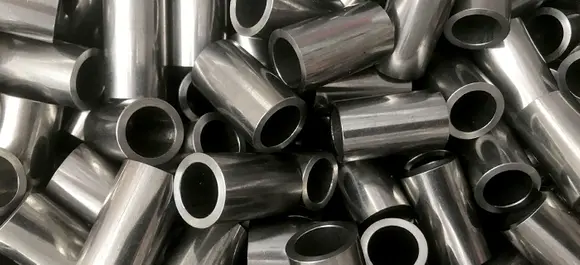Mobile:+86-311-808-126-83
Email:info@ydcastings.com
Properties and Applications of Austenitic Stainless Steel Castings in Industrial Use
Austenitic stainless steel castings are a critical component in various industrial applications due to their excellent corrosion resistance, toughness, and intricate casting capabilities. Composed primarily of iron, nickel, and chromium, austenitic stainless steels, notably grades like 304 and 316, are characterized by their face-centered cubic crystal structure. This structure not only enhances their mechanical properties but also allows for the creation of intricate shapes through casting processes.
One of the primary advantages of austenitic stainless steel castings is their outstanding resistance to corrosion. This characteristic makes them suitable for use in environments that are corrosive, such as chemical processing plants, marine applications, and food processing industries. The high chromium content in these alloys forms a passive layer of chromium oxide on the surface, which protects the underlying metal from oxidation and degradation.
The ability to produce complex shapes is another significant benefit of austenitic stainless steel castings. The casting process allows for the creation of geometrically complicated components that would be challenging or uneconomical to produce using other manufacturing methods such as machining or welding. This capability is particularly beneficial in industries that require precision components, including aerospace, automotive, and medical sectors.
austenitic stainless steel castings

However, austenitic stainless steel castings also come with some challenges. Due to their high nickel content, they can be more expensive than other casting materials, which can impact the overall cost of production. Additionally, the welding of austenitic stainless steels requires careful consideration as these materials can be prone to carbide precipitation when exposed to high temperatures, leading to decreased corrosion resistance. Consequently, appropriate filler materials and welding techniques must be employed to maintain the integrity of the casting.
Moreover, the fabrication process for austenitic stainless steel castings must be precisely controlled. Factors such as the mold material, casting temperature, and cooling rates are crucial in ensuring the quality and performance of the final product. Advances in casting technologies, including investments in computer simulations and real-time monitoring, are helping manufacturers to optimize these processes and reduce defects.
In summary, austenitic stainless steel castings represent a versatile and valuable material in modern manufacturing. Their unique properties offer significant advantages in terms of performance in harsh environments, while their ability to be molded into complex shapes provides unparalleled design flexibility. As industries continue to evolve, the demand for high-quality austenitic stainless steel castings is likely to grow, making advancements in this field crucial to meet future challenges.
-
What Makes Stainless Steel Pump Casting Essential for Modern Industries?NewsJul.14,2025
-
Revolutionize Your Engine Maintenance with Premium Aluminum and Cast Iron ComponentsNewsJul.14,2025
-
Precision Flow Engineering Starts with the Right Pump ComponentsNewsJul.14,2025
-
Maximize Efficiency: Explore Reliable Containment and Crop SolutionsNewsJul.14,2025
-
Discover Superior Performance with Advanced Turbo ComponentsNewsJul.14,2025
-
Boost Fluid Dynamics with Precision-Engineered Pump ComponentsNewsJul.14,2025











